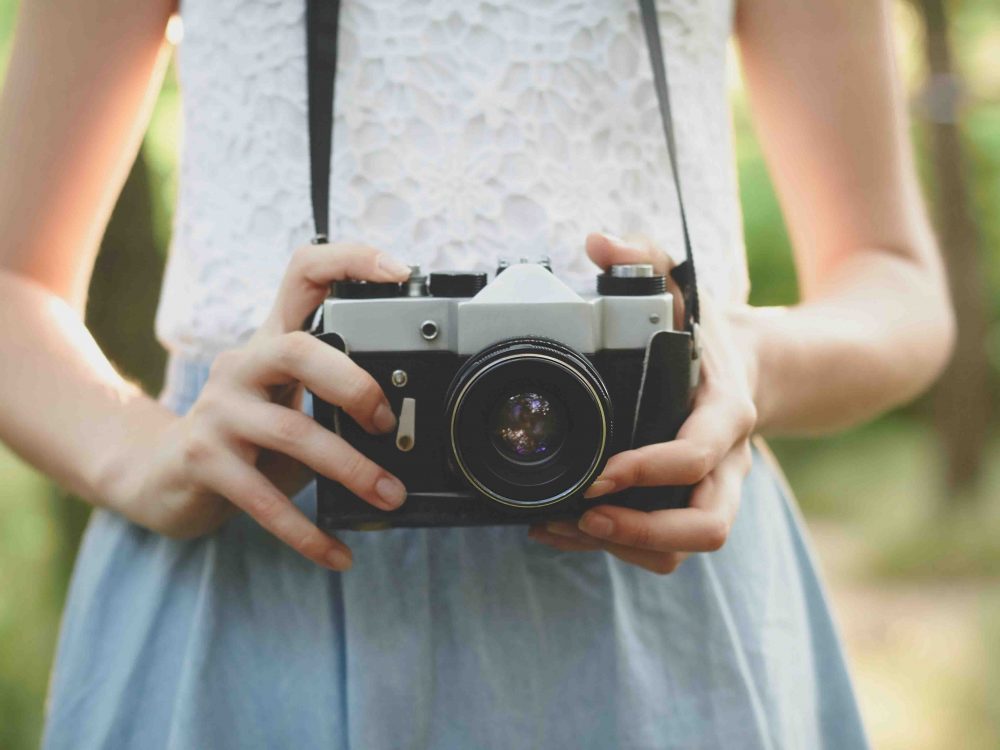
Many people love vintage photography. Whether they emulate old black and white photos or mid-century color photography, vintage-style photos are wildly popular. Do you want to jump on the vintage photography trend?
Top 4 Vintage Photography Tips
- Learn About Different Vintage Photography Styles
- Choose the Right Subjects, Backgrounds, and Props
- Optimize Your Lighting
- Use Lightroom Presets
Before you embark on your vintage photography journey, take some time to look at old photos. You can likely find a vintage photography book or a collection of historical images at your local library. Visit exhibits or museums and look through old family photo albums, too. Also, take a look at vintage stock photography to learn about current approaches and trends.
How to Make a Photo Look Vintage: 4 Expert Tips
Before you start experimenting with vintage photography, you should decide on your goals. Do you want to add another skill to your photography repertoire? Are you interested in vintage style portrait photography? Or do you have other income-generating aspirations, such as selling fine art prints through your own photography shop?
Another consideration is the type of vintage photographs you want to take. There are endless possibilities. Here are a few options you may want to pursue:
- Vintage Christmas
- Vintage Baby & Children Photography
- Vintage Fashion
- Vintage Glamour
- Vintage Pin-Up
- Vintage Wedding
- Vintage Cars & City Streets
During your planning stage, think about where you intend to shoot most of your pictures. Will you be indoors or on location? Is a vintage studio photography your goal? Or are you more interested in rustic nature photography or moody beach photography?
All these important decisions can help guide your vintage photography learning process.
Tip 1: Learn About Different Vintage Photography Styles
There is no single style of vintage photography. By definition, something is considered “vintage” if it is at least 15 to 20 years old and no longer in fashion. Something more than 100 years old is considered antique. Depending on your approach and style, you may be emulating the look of vintage or antique photographs—or both.
Are you interesting in recreating the look of the oldest photographs on record? If so, you should know that Leonardo Da Vinci conceived the first camera—called the camera obscura—in the 1400s. However, it took nearly four centuries for scientists to marry the camera obscura with the right chemicals to product photographs that could endure rather than fade away.
The first photograph on record is a grainy, shadowy black and white photo of a French country house taken in 1827. Black and white photos were dominant through the mid-20th century when color photography started to gain momentum.
During the 1950s and 1960s, color photographs featured specific dyes that have tended to fade with age. You can often recognize 1950s photography or 60s photography due to characteristic yellow or pink undertones and rounded corners. During this time period, lower-cost cameras produced often-unpredictable, but interesting effects, such as blurring, vignetting, or distortions. You can replicate all these features with the right vintage photography effects during post-processing.
Some of these trends characterized 70s photography as well. During this era, instant Polaroid photography gained huge popularity. This style of vintage photo has a white frame and often features the same pink and yellow tones of 50s and 60s photography.
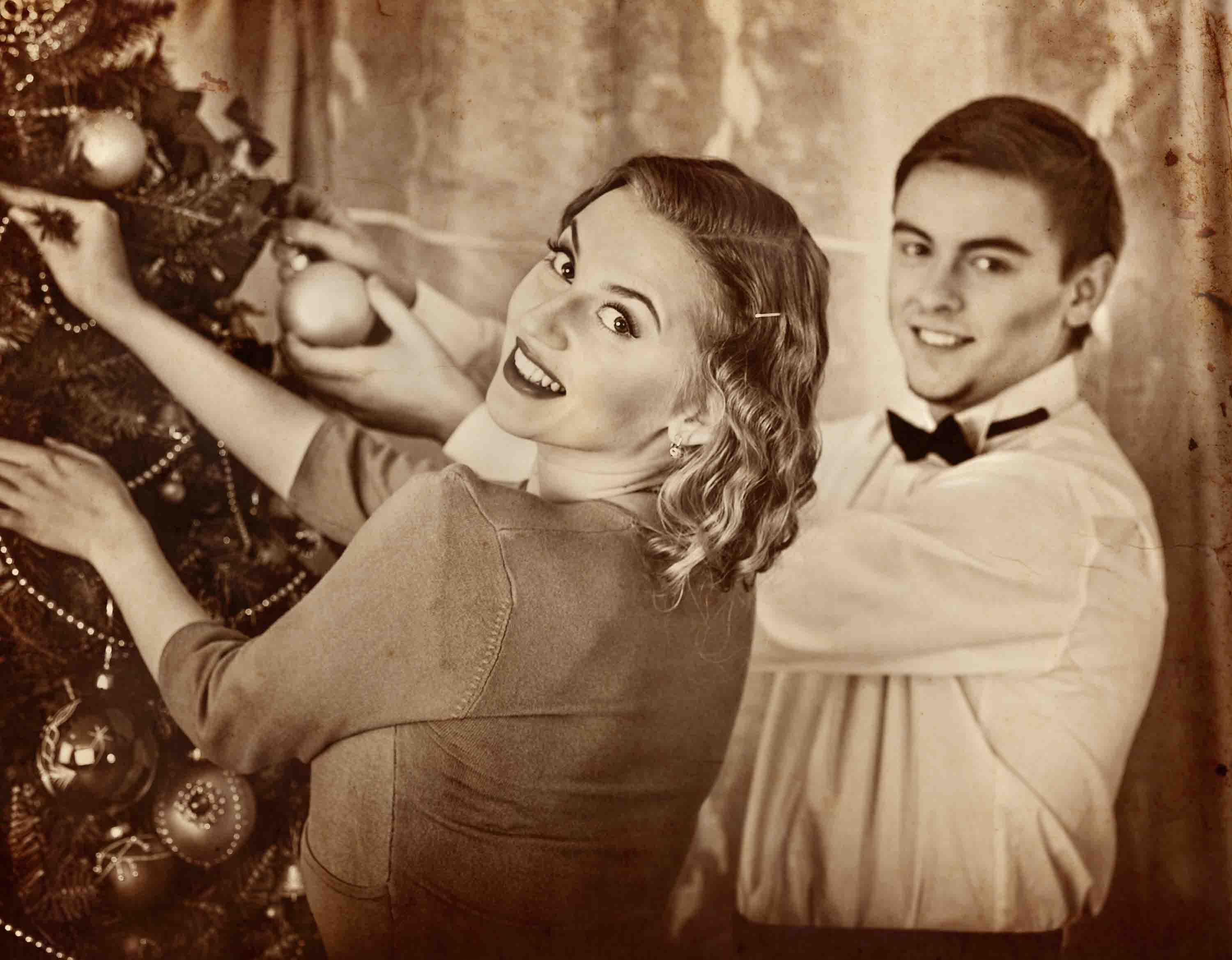
Tip 2: Choose the Right Subjects, Backdrops, and Props
It’s easy to give nearly any photography a rustic vintage look by applying filters, adjusting settings, and using presets in Lightroom. However, if authenticity is your goal, you need to consider subjects, backgrounds, and props in your vintage photography.
For example, if you want to explore vintage truck photography, taking photos of a new Ford or Chevy from the dealer isn’t the best idea. Instead, look for a classic truck from the 1950s or 1960s—or even earlier—for your photograph.
If you focus on vintage portrait photography, you may recommend hairstyles, makeup, and clothing that match the era and mood of your planned photo shoot. You can even keep some period clothing on hand—like pin-up clothes for a pinup photoshoot—to make preparation easy for your clients. The right pose is a critical element of a vintage photo, too. Do some research and study photos from the era you are trying to emulate to help guide your subjects on posing.
When you’re shooting in a studio, the right vintage backdrops for photography can make all the difference. Timeless options like weathered wood or brick textures can provide the perfect retro vibe. You can also make your own backdrops with vintage-style wallpaper or fabric.
If you opt for an outdoor shoot, look for photographic settings that evoke a feeling of times past. In rural settings or small towns, look for empty fields, rivers, and unpaved country roads to set the right mood. If you prefer architectural elements, look for bridges, rustic barns, or decades-old buildings that have retained their character.
You can pursue vintage photography in urban environments, too. Look for sites like fountains, historic buildings, open-air markets, or charming sidewalk cafes. Apply your knowledge of street photography skills and you can capture remarkable vintage-inspired photography in any city or town.
Props are another important element in vintage photography. You can focus on authentic items—like vintage sports equipment, old Victrola turntables, or classic singer Sewing machines. If you’re keeping an eye on your budget, shop thrift stores or flea markets for lower-cost vintage props, and search for free vintage artwork in the public domain. Contemporary craft stores can be a great source for new items that have a vintage look.
Use your imagination to find potential vintage photography props in unexpected places. A little creativity and do-it-yourself effort can turn modern items into vintage props that you can use again and again.
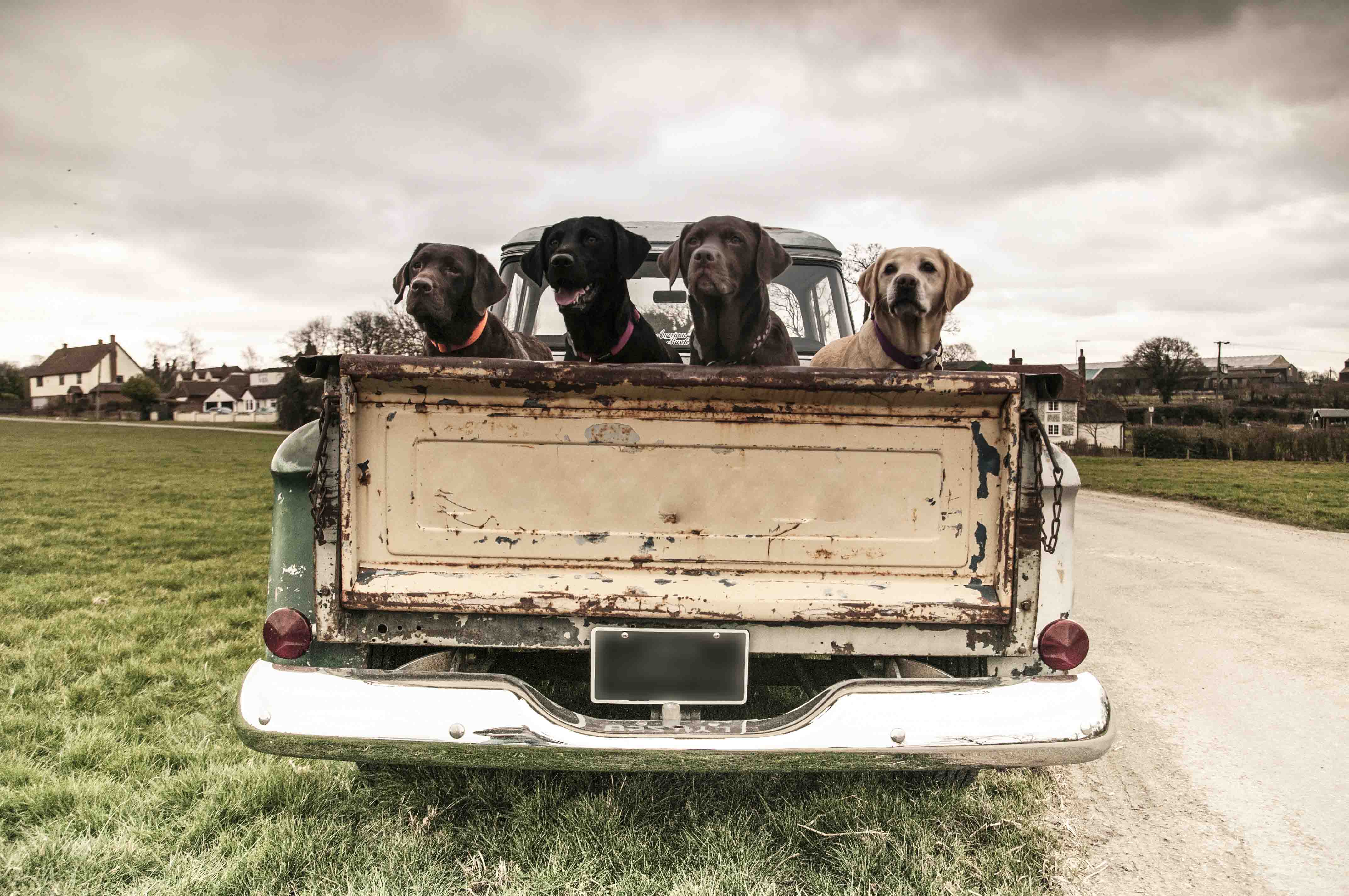
Tip 3: Optimize Your Lighting
What do you see when you look at a vintage photograph, or old black and white photo? Often, you’ll notice a soft hazy look in old photos. You may be able to buy a vintage camera or other vintage photography equipment to replicate that style. But you can also use your contemporary camera to achieve the same look.
One option is using a lens gel to emulate the hazy mystique of old photos. Another approach is diffusing light– you can shoot photographs through gauzy fabric or use bounce cards to achieve this goal. Many experienced photographers highly recommend a three-point light kit with a single key light plus two fill lights. You’ll need to experiment to get the effects you want. The end result will vary depending on your choice of black and white, color and film, or digital photography.
Do you admire the glamorous photos of mid-century Hollywood actresses? Many vintage photos almost look like film stills. Those vintage photos featured hard lighting were originally only available to studios with big budgets. But with today’s modern equipment, those looks are within reach for every photographer.
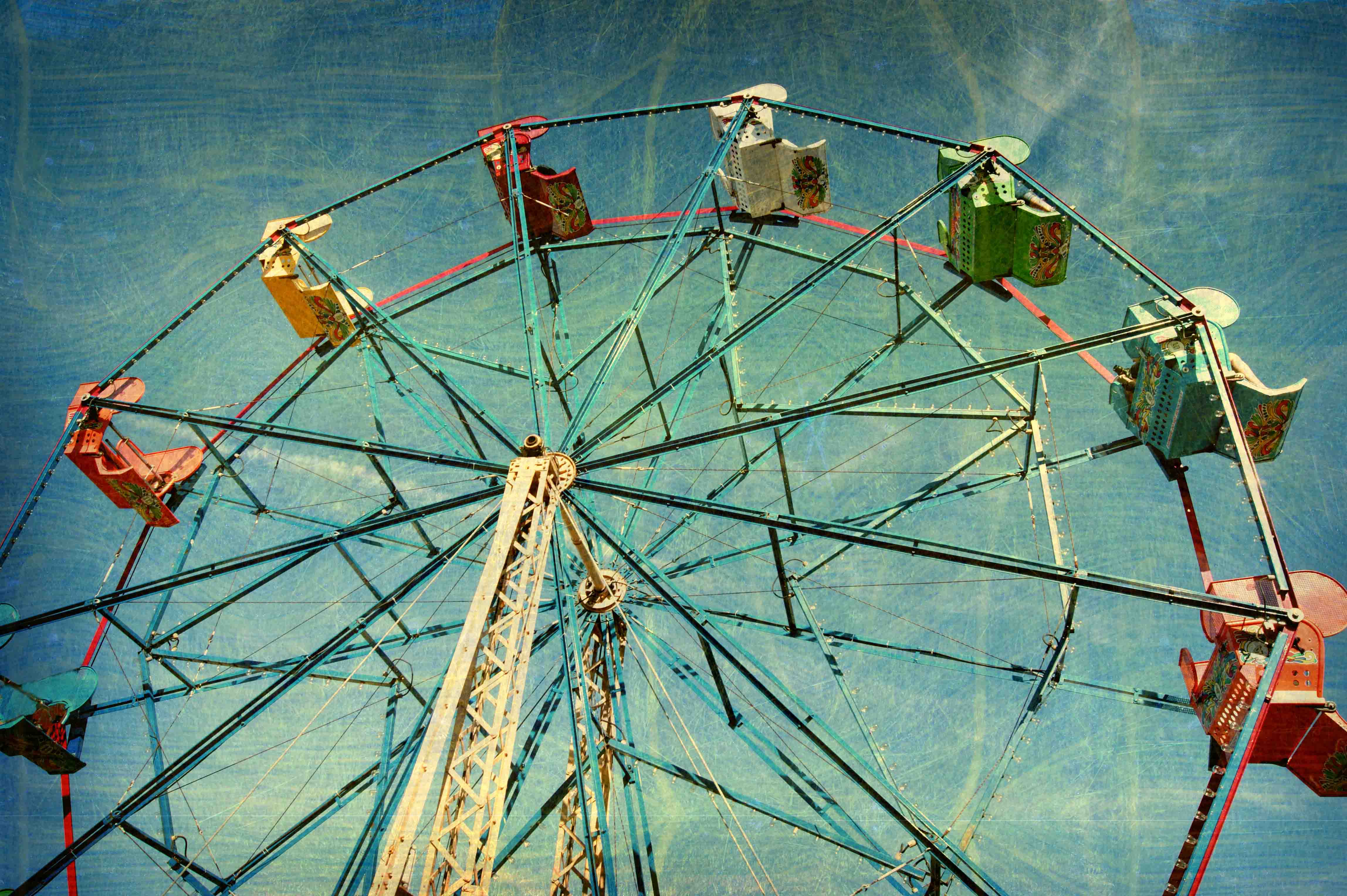
Tip 4: Use Lightroom and Apply Presets
Today’s photographers also have the advantage of being able to perfect photographs during post-processing. Lightroom presets can help you get the vintage vibe you desire with ease.
With a few adjustments, you can attain a vintage feel for any photo. You can achieve a faded look by going to the tone curve panel and then sliding the left side of the RGB curve up. This process removes true black from your photo and lightens up dark tones. You can use the tone curve to create a matte effect, then fine-tune the image by adjusting the contrast.
To boost the vintage feel even more, consider weakening the colors by reducing saturation or vibrancy. Alternatively, you can adjust color curves on your photo to play up certain colors. Another technique to explore is split toning. With this approach, you apply a cool color to shadows and warm one to highlights.
Instead of making manual adjustments, you can rely on Lightroom presets. Always choose presets designed by professional Lightroom experts and photographers. That way, you are most likely to get the very best results.
- Moody Tones Collection – This preset collection gives your photos the dark, atmospheric feel that is characteristic of many old photos. With both color and black and white presets, you can achieve a vibe that is both mysterious and vibrant. Whether you shoot portraits, landscape shots, or vintage style wedding photos, this collection is ideal for a wide range of photography types.
- Retro Lightroom Presets – Want to make any photo look older with zero effort? With dozens of presets and styles, this collection is optimal for many retro photography types—portraits, still-lifes, cityscapes and more. Each style also has a built-in grain preset to boost each photos vintage appeal.
- Vintage Objects Collection – Vintage inspired photography of objects is popular on sites like Instagram, Etsy, and eBay. If you take photos of antiques or retro objects—either to share or sell—this collection is ideal. You can use it to stylize objects with a vintage or matte feel. This is also a great collection to use when creating backgrounds for websites, blogs, or social media images.
When working with presets, remember that each photo is unique. You may need to experiment with several to find the right vintage look for each image. If you have specialized photo interests, you can find a preset or collection that meets your needs. There are presets that replicate the exposed, grainy feel of old film, while other presets are fine-tuned for vintage style wedding photography.
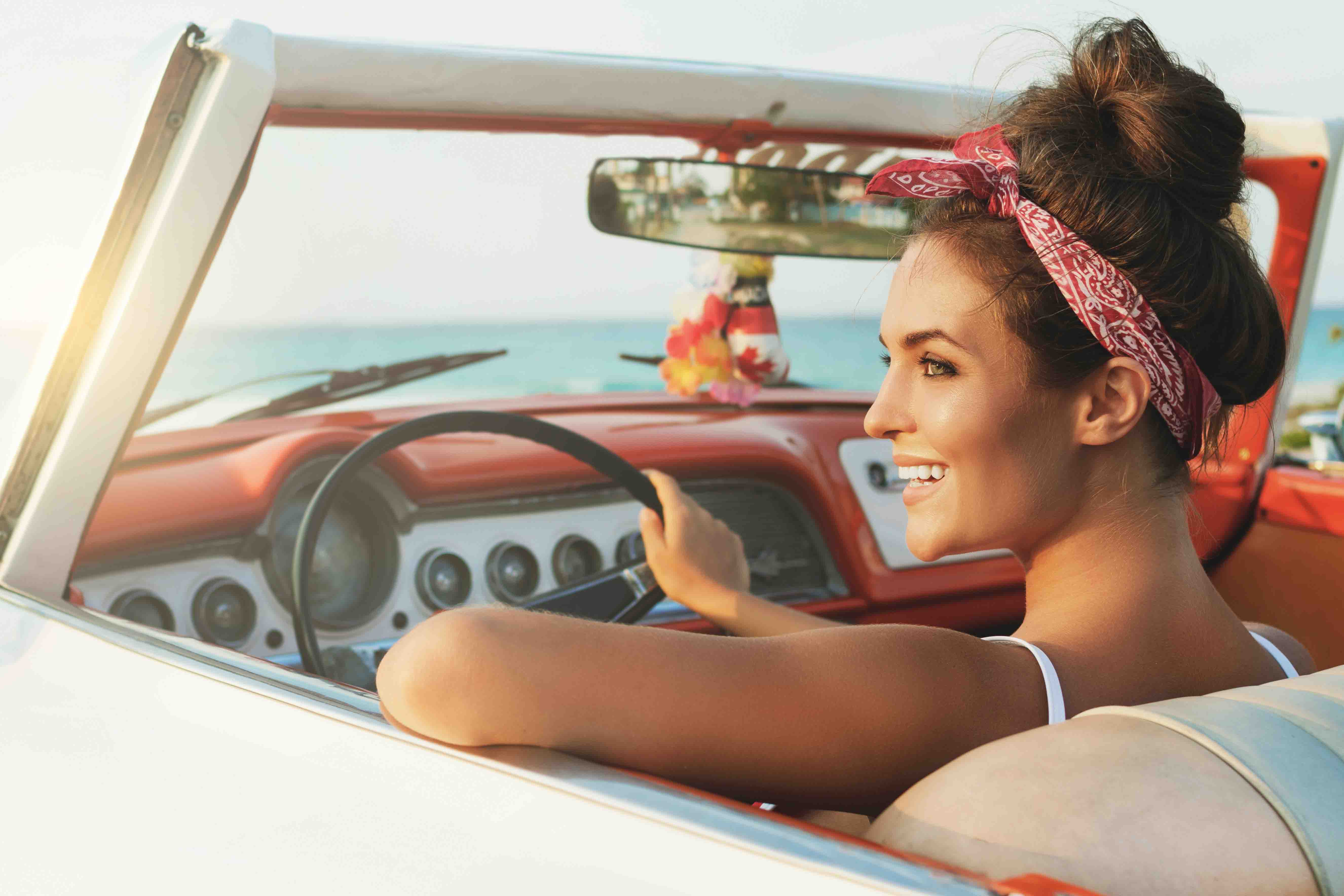
Amazing Vintage Photographs Are Within Your Reach
If you are ready to start exploring vintage photography, prepare yourself for an adventure. There are so many paths and options to pursue—from attempting to recreate classing black and white photos to diving into vintage wedding photography. You can even pursue a niche focus, like vintage jewelry photography or vintage football photography.
You also need to pick an era or two as your essential focus. Do you love the classic aesthetic of mid-century vintage pin-up photography? Or the hazy amber feel of 60s and 70s photography? Or does another time period inspire you?
After learning more about the basic styles of vintage photography, you can make a definitive plan. You’ll need to select locations, backdrops, and props that exude the right vintage vibe. For portrait photography, you’ll need to coach your subjects on how to dress and pose for the perfect vintage portrait.
If you don’t have an old film camera, you can achieve a convincing vintage look with your modern-day digital camera. Selecting the right lighting is important—but you can work wonders during post-processing. The right Lightroom presets can turn almost any photo into a vintage masterpiece with little effort.
And if you’ve built your photography website to showcase your portfolio, you can start to add vintage-look photos and appeal to a wider audience. Given the mass appeal of vintage photography, you’re likely to attract new visitors to admire your work.
Truly, the world of vintage photography is a wide open one and ripe for exploration. Where will your journey lead? You’ll never know until you take the plunge and start experimenting with vintage photo techniques.
